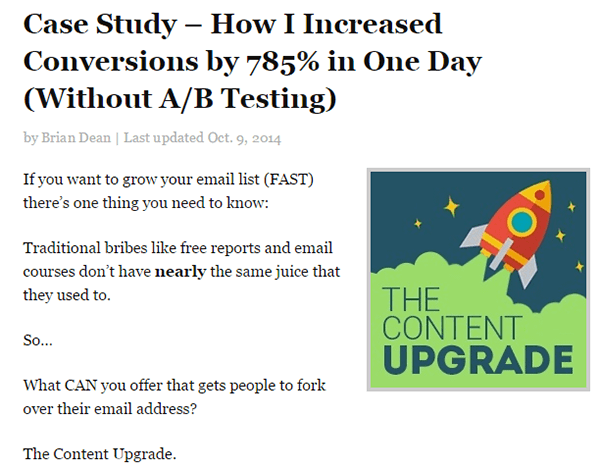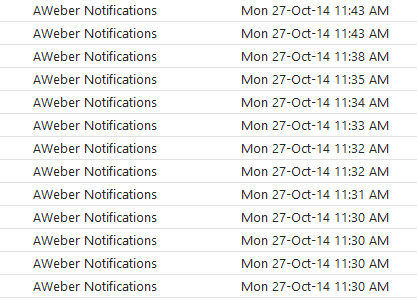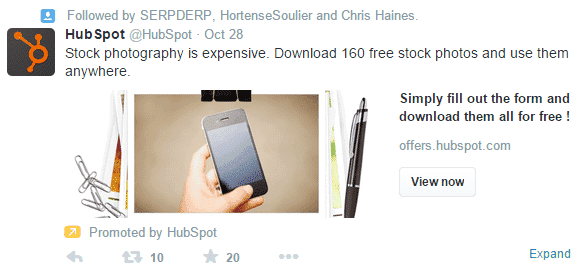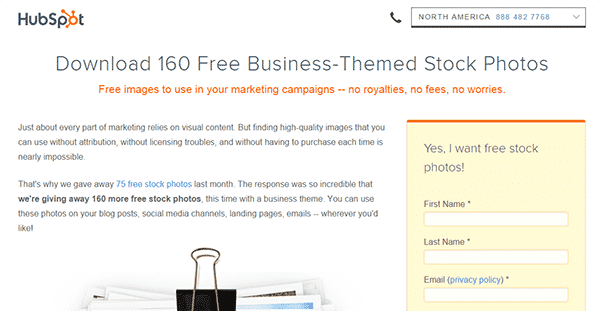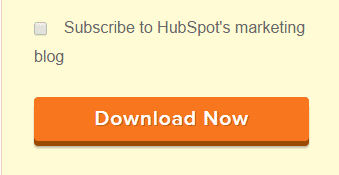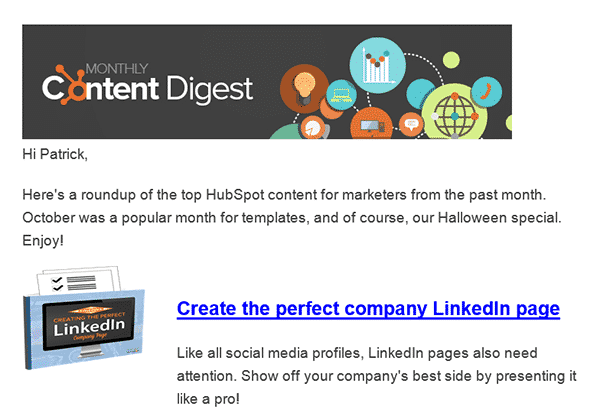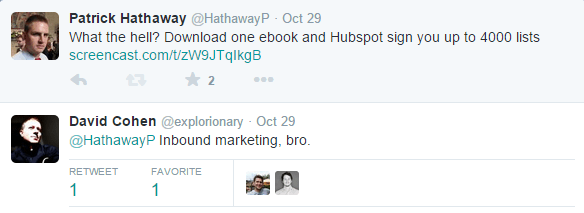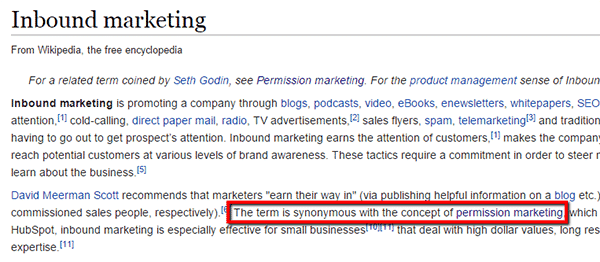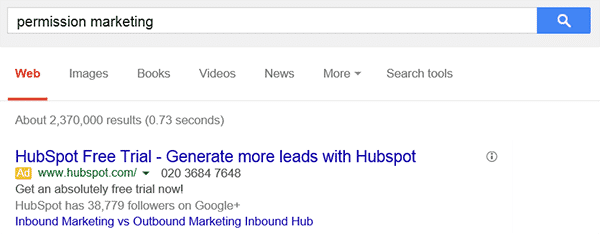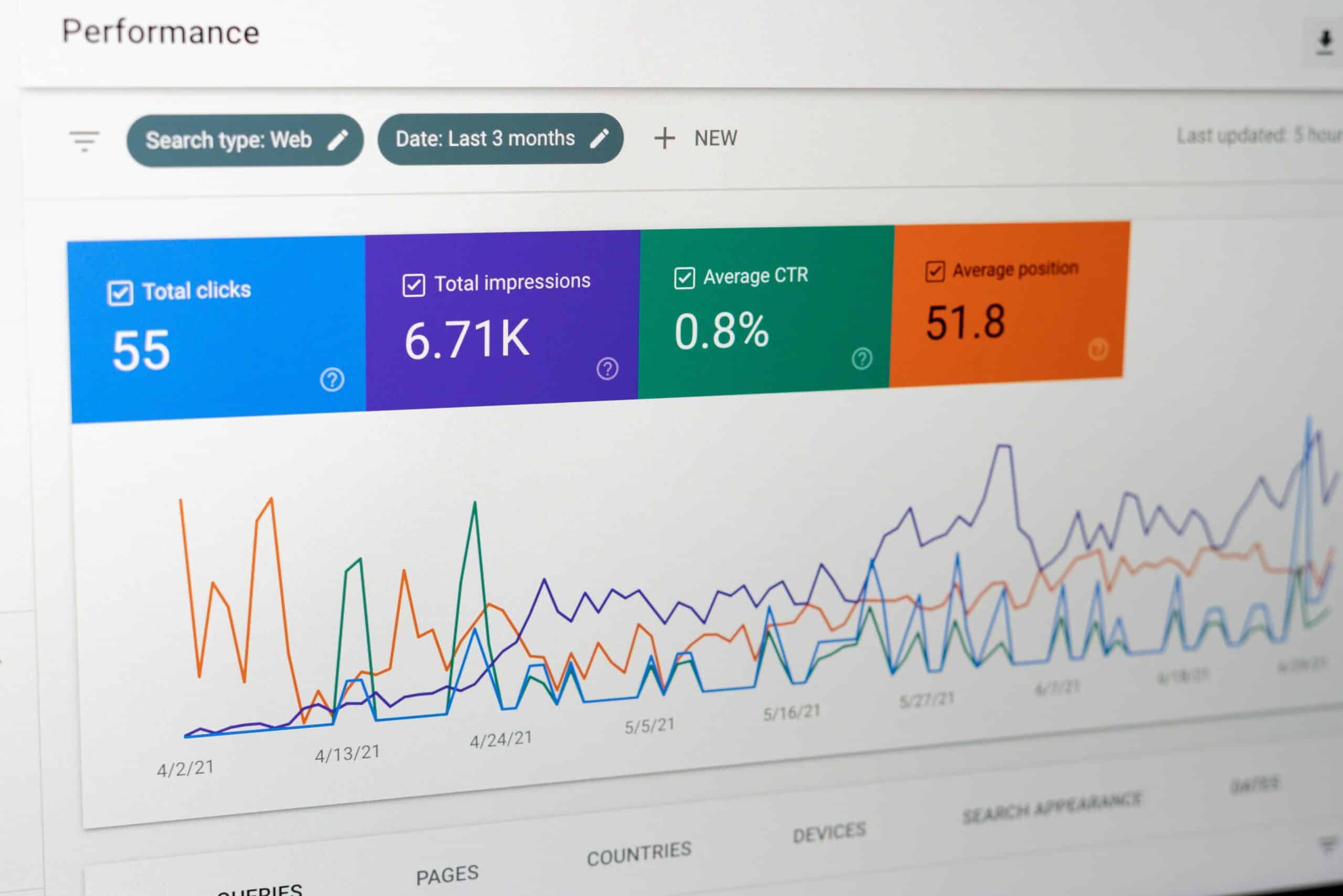Having been in search for the last few years, I’ve not really had much involvement in email marketing. I saw this as a massive skills gap, and one I set out to change after I started working directly on our product, URL Profiler.
There are plenty of studies which show how marketers are still achieving an excellent ROI on email marketing, particularly since it remains a relatively cheap channel.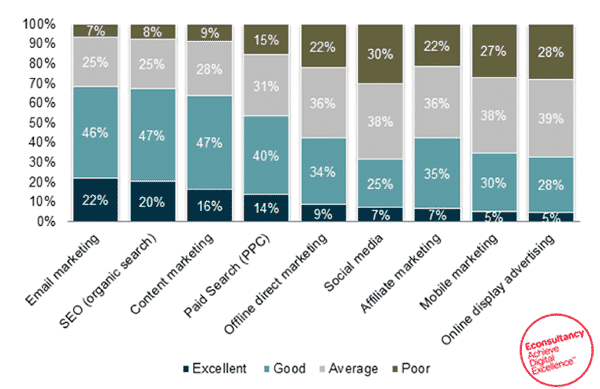
Source: Econsultancy
List Building
Our first concern was handling trial users and customers – as there were various transactional and behavioural messages we wanted to send out. We played around with a couple of systems to help us manage these, and they’ve been working quite nicely. So far so good.
But what about people who don’t know us yet?
That’s where List Building comes in. If we could convince enough people to sign up to our email list, over time they might be sufficiently impressed with our content to give our product a try. In the meantime, they might help amplify our content through social media and other channels.
List Building on Steroids
We attended Distilled’s conference SearchLove earlier this week (which was great, as ever). One of our good friends Ade Lewis was speaking on the first day, and he really wanted to give away some tools as part of his presentation. He asked us if we’d be willing to help, and of course we obliged.
I saw it as the perfect opportunity to test out a list building methodology which Brian Dean (AKA Backlinko) refers to as ‘The Content Upgrade’.
He makes a convincing case – offer readers of high traffic posts a free download of a piece of content with specific relevance to the post itself. All they have to do is give you their email address.
As you can see from the headline above, Brian has seen dramatic improvements in sign-ups to his mailing list.
Marketing Genius
So we set it up. We built a free tool that Ade could give away, a tool that scrapes Twitter list members for you to use in custom audience campaigns. We wrote a post about how it works, integrated LeadPages with a nice call to action box, hooked it into Aweber and set it live.
When Ade mentioned the post, he drove visitors to go and check it out, so we collected their email address and send them a message like this:
This is ok, right? Click the link above to give us permission. We were using double opt-in and everything.
And users did start giving us permission. Very quickly.
It’s enough to make you feel like a marketing genius.
How Do The Professionals Do It?
On my return from the conference, and pleased with my success, I set out to find ways I could fine tune the process.
I’d barely started before a Twitter ad did my research for me.
HubSpot. They specialize in this sort of thing right? Lead Magnets and all that jazz.
This looked perfect, and had already shown me another way we could promote our ‘lead magnets’ – through paid social ads.
Their ad took me to a dedicated landing page with a massive form, which I duly filled out.
I got taken to the download area, where I could download the resources they had provided for free. In turn I’d given them permission to add me to their marketing list.
Or did I?
I didn’t tick that box, does this means I’ll still get emails?
Yep.
Ok, fair enough I guess. I’ve ended up on a mailing list after downloading their resources. I’m sure it’s covered on their privacy policy (which I couldn’t be bothered to read).
So what do my subscriptions look like? (keep scrolling)
Did I really just give them permission to add me to 19 different email lists?
I don’t think so.
In fact, I felt pretty shocked by this. Like any good internet marketer, I took to the social media-waves to assert my dissatisfaction.
Is David right? Is this the fabled ‘inbound marketing’ we’ve all hastily adopted in our job titles?
Wikipedia will know.
In amongst the normal old marketing vs new marketing definitions is the phrase highlighted above – ‘inbound marketing is synonymous with the concept of permission marketing’, an ideology popularized by Seth Godin.
Are these things really the same?
We can be pretty sure Hubspot think this is the case (or want it to be the case), as they coined the term ‘inbound marketing’ yet are the only advertisers I could find running Adwords on ‘permission marketing.’
Permission Marketing
Godin himself defines permission marketing as:
“Anticipated, personal and relevant messages to people who want to get them.”
Does this mean an email subscription is sufficient permission to add someone to an email list? Godin seems ok with it, according to his blog:
BUT this is the difference – just because I give you my email address, it doesn’t necessarily mean I give you permission to email me. Did I really think I was giving Hubspot permission to put me onto 19 email lists? Absolutely not.
Was my ‘free tool’ tactic any different? No.
I offered a free tool, they gave me permission to send them a free tool. That is it – nothing more.
There Is No Shortcut
This post may come across like I am Hubspot-bashing. That isn’t the intention. Although I do feel that such well trusted thought leaders in the field should be setting a better example.
Either way, it was through examining their methods that led me to evaluate my own, and I was not happy with what I found. In short, I feel like I’ve been cheating. I knew all those subscribers didn’t really give me permission.
I guess there’s a reason LeadPages call them ‘bribes.’
We are a professional business. We have to ask ourselves – are we morally comfortable with bribing people?
It has also made me question the ethos of ‘inbound marketing’, and most certainly the assertion that it and ‘permission marketing’ are one and the same. I for one am not comfortable with emailing people under false pretenses. I don’t think its ok to just close our eyes and pretend we are getting permission.
Since this philosophical…epiphany, I’ve removed the email-paywall from the blog post and now allow anyone to download the tool as they please.
If they want to subscribe as well, there’s a box for that too.
I’m not saying this methodology will ultimately make us more money, but that isn’t always the point.
In Godin’s keynote at Inbound 2013 (Hubspot’s conference) he summed up his ‘number one shortcut’ as follows:
“The number one shortcut is that there is no shortcut.”

